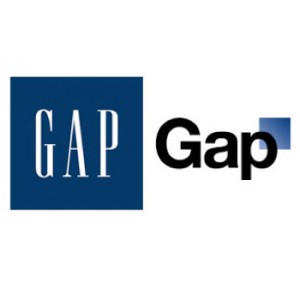COMM 2999 is deemed to be one of my most valuable experiences in first year of study in UBC. I really like the course because all the skills I learnt from it are very practical and applicable in real life. In term 1, I learnt about all the aspects of public speaking such as tone, flow, body language, and organization. Different types of speeches requires different variations of the above skills. Besides, I have also learnt that public speaking is about confidence. I remember one sentence that my instructor had said about public speaking that” Even the most experienced public speakers will be nervous when they do their presentation, but they just hide their anxiety. Show your confidence and fake it till you make it.” At the end of term 1, I felt that not only my public speaking skills had improved, but also my confidence was built up.

Among all the skills I learnt from the second term of COMM 299, I learn most from writing resume and cover letter. Before entering the course I still had the resume that I made during grade 10 planning in high school; however, now I have learnt how to build my own brand through using C.A.R statements and different types of verbs in my resume and cover letter. I even taught my friends outside of Sauder to build their resume. In addition, TA tutorials were really helpful and I appreciated their hard word and sharing of their own experience. They really clear the cloud that I had in business communication.

All in all, I think COMM 299 is a great course and I really want to thank all the professors and TAs for providing us such a wonderful experience!















![[Robobonds]](http://sg.wsj.net/public/resources/images/MI-BG339_Robobo_NS_20101005183314.gif)


![[FUEL]](http://sg.wsj.net/public/resources/images/MK-BG500_FUEL_NS_20101001175633.gif)




